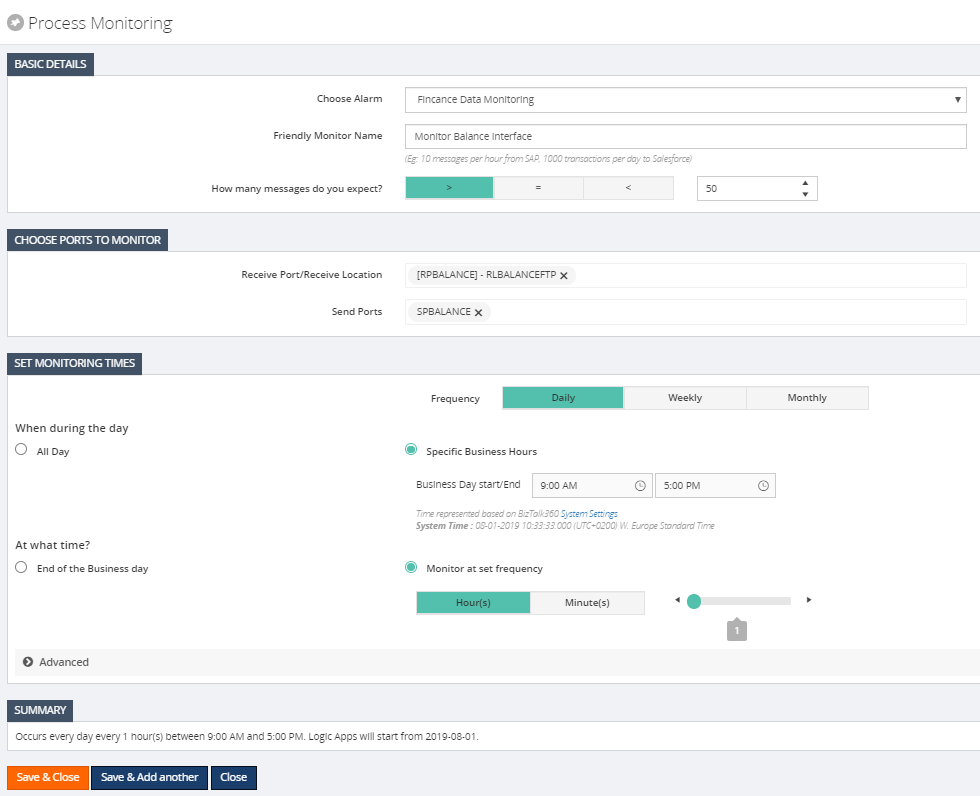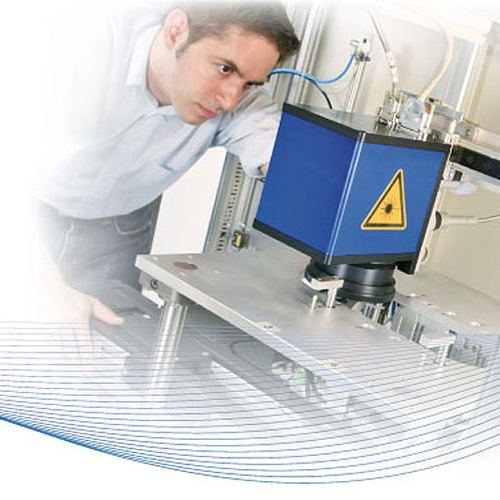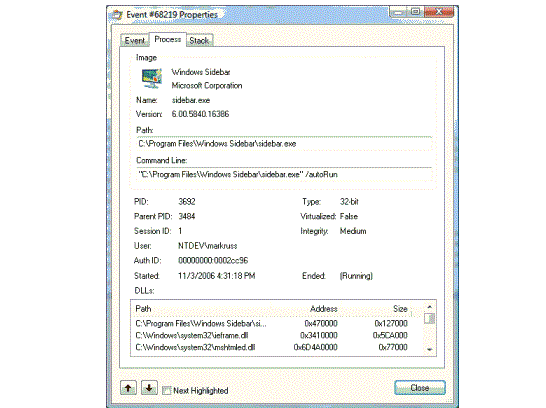
They are more suitable than variables that take a long time to acquire. This implies we should monitor variables as soon as they become available, preferably in real-time. However, the purpose of process monitoring is so that you can react early to bad or unusual operation. In addition, process monitoring tools are integrated directly into SPC and other reporting systems.Īs engineering professor Kevin Dunn explains: Data can be collected across all shifts, and individual machines can be examined in detail to enhance peak performance. Process monitoring software captures measurement and process data from all machines on the floor.

Used correctly, process monitoring can pinpoint machine anomalies and variability that can bring productivity to a standstill if left undiscovered. With the aid of powerful MES Solution, raw data from your factory is transformed into powerful actionable insights. This additional data empowers manufacturing management while also enhancing floor productivity, quality and compliance.

Real-time Process Monitoring collects data on critical process variables including temperatures, pressures, flow rates, run-times, and can even include things like vibration and electrical draw/load.

What's the difference? Production Monitoring tracks machine/tool cycles, good/bad part counts, uptime/downtime and reject/assist/downtime events and reasons. All good Manufacturing Execution Systems start with Production Monitoring, but Process Monitoring is where top tier MES solutions really stand out. During these trying times of uncertain economic upheaval, manufacturers face the evolving challenge of maximizing operational efficiency while also optimizing output and ensuring consistent quality.


 0 kommentar(er)
0 kommentar(er)
